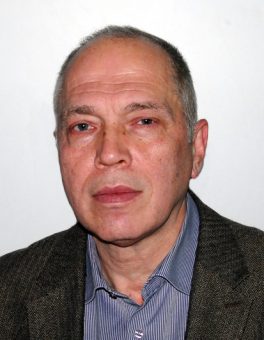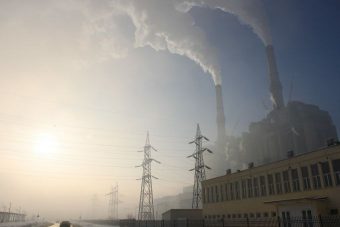
The new Law on Renewable Energy Sources (RES), and state subsidies for the purchase of solar power plant equipment created the prerequisites for a real market boom. Both individuals and companies have shown great interest i, so the jump in sales of solar panels and construction of solar power plants is almost expected. According to the data collated by the Ministry of Mining and Energy, the prosumer status has been approved for about 5MW of new solar power plants, while almost a hundred megawatts are in the process of obtaining this status. We spoke with Miroslav Lutovac, the energy adviser to the president of the Chamber of Commerce and Industry of Serbia, about financial benefits for companies with prosumer status and whether the RES Community model is more profitable.
EP: With the passing of a new energy&mining law and bylaws, the prerequisites for companies to build solar power plants as prosumers to cut their business costs have been met. How willing are companies in our country to make such changes?
Miroslav Lutovac: There are two basic reasons why companies and households in Serbia decide to invest in constructing a solar power plant to meet their own needs – financial and environmental benefits. Of course, financial well-being is a decisive factor including an acceptable return on investment period of 5 to 6 years and minimal operating costs, i.e. maintenance costs. All this makes the investment very attractive. Practically, this means that you can fulfil your electricity needs for about 25 years, which is the estimated lifetime of the power plant, by paying in advance the total energy spent during this period at a price that is four times lower than the current price.
A less favourable methodology applies to legal entities, that is, companies. It means that the price of surplus electricity delivered to the power grid is lower than the company originally paid for. Despite this, the interest is high, and it will certainly be even greater as the market price of electricity increases.
IN FOCUS:
- WASTEWATER TREATMENT AND PRESERVATION OF FRESH WATER SOURCES
- CHARGE&GO IS EXPANDING THE CHARGING NETWORK
- WWF IS LOOKING FOR CREATIVE PROJECT IDEAS FROM THE CIVIL SECTOR

EP: The law, for now, allows the establishment of associations or Communities, enabling small producers to organize and offer surplus electricity generated from renewable sources to the market. What are previous experiences with these communities?
Miroslav Lutovac: Members of a Renewable Energy Sources Community (Community, for short) can be natural or legal persons (provided that the production of energy from renewable sources is not their main or predominant activity), local self-governments or other types of local governments. The main goal of forming the Community is using renewable energy sources to meet the needs of its members. By uniting a number of smaller renewable energy sources, the Community can become a relevant participant in the electricity market, directly or through an intermediary. In this way, the Community members have better financial benefits.
As far as I know, two Communities have been formed so far, but there are initiatives by various companies to create several more such associations. It is too early to talk about the achieved effects, but we expect the Community model to be more profitable than the prosumer model.
EP: Lack of rain this summer reduced electricity production in Serbia’s hydroelectric power plants. Is the operation of thermal power plants jeopardized by these unfavourable circumstances?
Miroslav Lutovac: Hydropower plants account for about 30 per cent of the annual electricity production in the country. The operations of hydroelectric power plants directly depend on precipitation. In this sense, in addition to precipitation, it is also of great importance that the inflow is not extreme (periods of heavy precipitation and periods of severe droughts). This year was quite dry, although the situation improved considerably in November. We can expect with great certainty that, this year, hydropower plants will generate electricity whose quantity is significantly below the multi-year average. In addition to the reduced production from hydroelectric power plants directly contributing to the increase in the average electricity generation price, low inflow greatly affects the flexibility of the power system and to some extent, its stability and reliability.

EP: How can low water flow threaten thermal power plants, and what is the current situation with water flow?
Miroslav Lutovac: Large amounts of water are needed for the normal operation of thermal power plants. Our largest thermal power plants, in Obrenovac and Kostolac, use water from the Sava and Danube rivers. Water from rivers is pumped in by special water supply systems, which have suction baskets lowered into rivers at the entry end. When the river level is very low, i.e. close to or at the level of the suction baskets, the operation of the water supply system must be stopped to prevent damage. It causes a thermal power plant to suspend its operations. The current hydrological situation is such that the river level does not threaten to the safe operation of thermal power plants. With the drop in temperature, inflow will also decrease in the following period, but critically dangerous river levels that could threaten the operation of thermal power plants are not expected.
Interviewed by: Katarina Vuinac
Read the story in the new issue of the Energy portal Magazine RESPONSIBLE BUSINESS.



